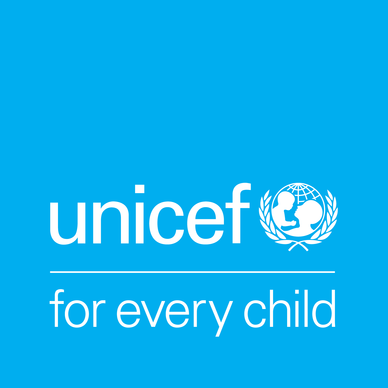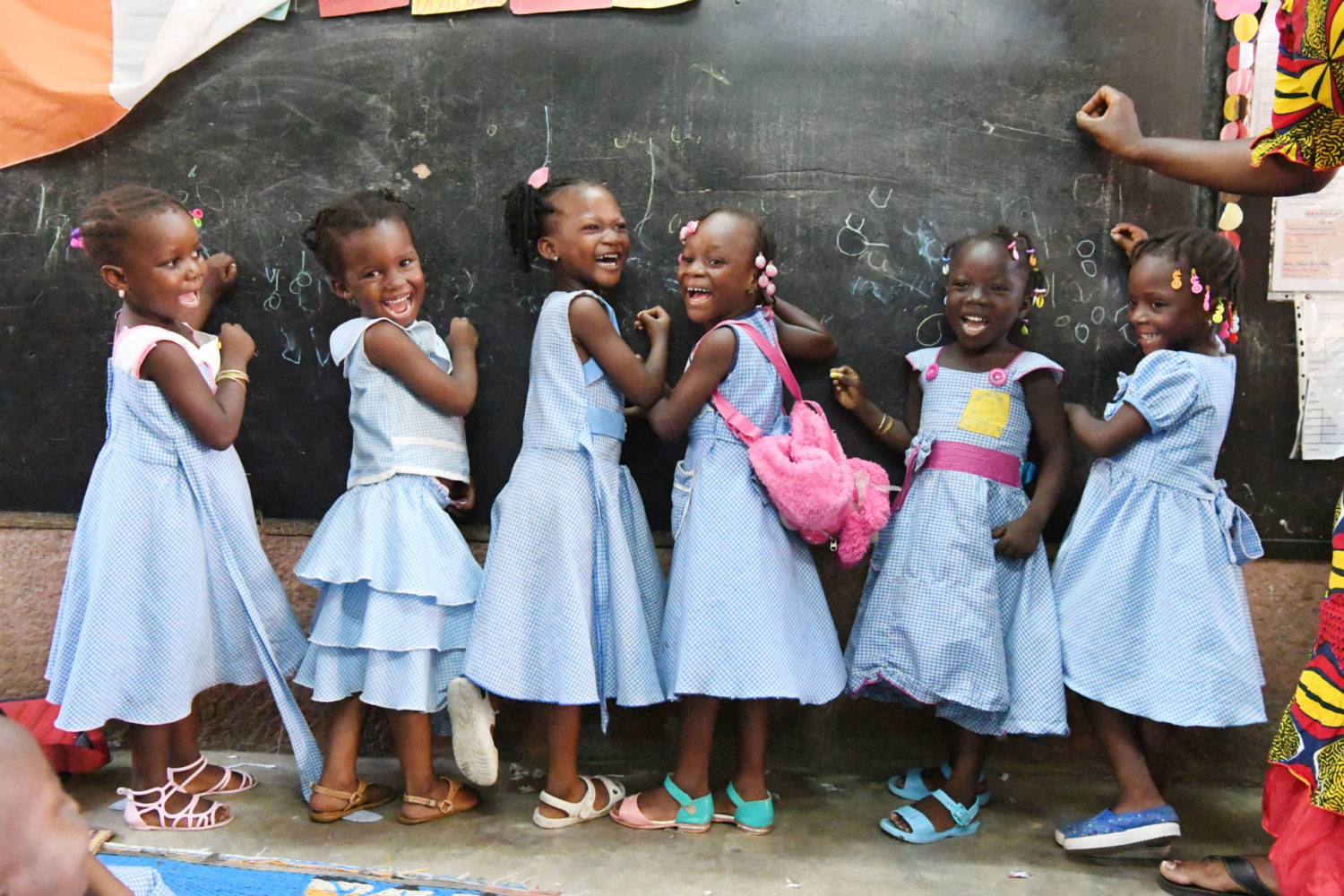This blog was originally published by the Global Partnership for Education.
Linguistic diversity is something to be celebrated. Yet for many migrant, refugee and asylum-seeking children, linguistic challenges are a formidable barrier to education. Indeed, 66% of refugees find themselves in new communities where the official languages are not spoken in their country of origin. Without the key of literacy, the doors to the future remain firmly closed for many children.
Today is international literacy day, a moment to reflect on the progress made in relation to Sustainable Development Goal (SDG) 4 and assess the challenges that still exist to ensuring all children, young people, and adults are able to read and write.
Specifically, it is a time to look at SDG 4.6, which set states the goal of ‘ensur[ing] that all youth and a substantial proportion of adults, both men and women, achieve literacy and numeracy’ by 2030.
Refugee and migrant children face difficulties in the classrooms
This year’s theme celebrates literacy and multilingualism, encouraging ‘linguistic diversity in education’ and the role this can play in delivering the SDGs.
Linguistic diversity, and diversity in general, is something to be celebrated and encouraged – especially when it comes to children on the move. However, too often this diversity lacks the support needed to be properly realized as the opportunity it is.
In the UK, UNICEF UK has identified English language skills as a key challenge for refugee children and young people to thrive in education, recommending an increase in the number of available hours of English for Speakers of Other Languages (ESOL) lessons provided by the central government. And, in Greece, UNICEF has reported that language was one of the main reasons for school absenteeism by refugees.
The 2019 UNESCO Global Education Monitoring Report (GEMR) Migration, displacement and education: building bridges, not walls also includes several examples of challenges for refugees and migrants linked to language. In South Africa, linguistic challenges have been cited as a reason refugees hesitated in striking up conversations. Challenges with language and comprehension may also be part of why immigrant children are overrepresented in lower achieving groups, leading them to sometimes be separated from their peers.
Linguistic barriers can also cause challenges in relation to accessing information and opportunities. Information related to education or other services may not be available in an accessible language, meaning children remain locked out of the help they need. These linguistic challenges must be overcome to ensure that illiteracy in the language of the host community is not a barrier to education for children on the move.
Improving lives through education
Getting refugee children into education matters, not just for their own benefit but for host communities, too. Simply put, education systems can improve from diversity. As the OECD has noted, ‘education and training systems can play a key role in helping countries unlock the benefits of migration.’ By recognizing the skills and achievements already realized by young people in their home countries, and building upon them, education further supports the development and economic opportunities of young people and their families.
Integration of refugee and migrant children into schools strengthens community and social cohesion. As UNESCO notes, ‘literacy skills support social and intercultural communication and the social, physical and economic well-being of immigrants and refugees.’
Linguistic diversity in classrooms can also unlock interest in different cultures and languages; evidence from Germany reported in the 2019 GEMR indicates that increases in Syrian and Iraqi refugees led to more interest in Arabic language courses. Children on the move also spoke positively of learning new languages and cultures in a 2018 UNICEF U-Report poll.
Education for children on the move is a hugely important factor, both in terms of their integration and in supporting their host communities. As migration flows are expected to increase in the coming years in relation to climate change, including migrant children in national education sectors will continue to be a high priority.
The international community can, at times, focus too much on the challenges associated with education for refugee and migrant children, while forgetting that they have so much to give in their new home.
Linguistic diversity should be celebrated and seen as a key opportunity for all learners – a benefit, not a challenge, of migration.
As we near the Global Refugee Forum in December, it’s high time we celebrate migration and the many opportunities it brings. We can, and must, all learn from each other in the language of humanity.


